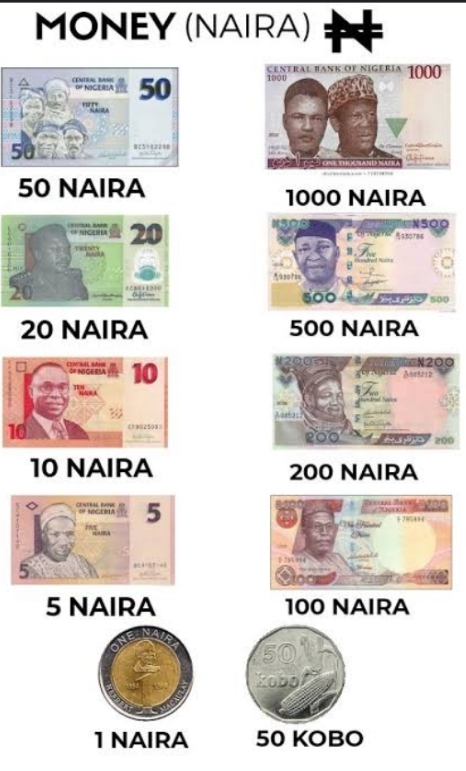Many pre-colonial cultures exchanged goods with one another using a wide range of objects. These included, among other things, cowries, manilas, beads, bottles, and salt.
Following the colonial ordinance of 1880 that established the Shillings and Pence as the legal tender currency in British West Africa, Nigeria undertook its first significant currency issue. Up until 1912, a private bank called the Bank for British West Africa distributed the coins that the Bank of England managed, which were divided into one shilling, one penny, half a penny, and one tenth of a penny.
The West African Currency Board (WACB) issued the first set of coins and banknotes in Nigeria, Ghana, Sierra Leone, and the Gambia between 1912 and 1959 . One pound was the highest denomination of banknotes, and one shilling was the highest denomination of coinage.
While the WACB-issued banknotes and coins were removed, the Central Bank of Nigeria (CBN) began issuing banknotes denominated in Nigerian currency on July 1st, 1959. The currency was not altered to reflect the nation’s republican status until July 1st, 1962. The top of the banknotes that previously said “FEDERATION OF NIGERIA” was now inscribed with “FEDERAL REPUBLIC OF NIGERIA.” In 1968, new notes were issued in response to the misappropriation of the money during the American Civil War.
Following the government’s decision to switch from metric to decimal, the Nigerian currency’s name was altered in January 1973. The naira, which was worth ten shillings, replaced the major unit of currency, which was the £1. The kobo, which was one hundred of which was worth one naira, served as the minor unit.
A new twenty naira (₦20) banknote was introduced on February 11th, 1977. Due to the need for convenience, the inclination for cash transactions, and the expansion of the economy, it was the highest denomination introduced at the time.
The banknote was the first in Nigeria to bear the portrait of a prominent Nigerian citizen, the late Head of State, General Murtala Ramat Muhammed (1938-1976) who was the torch bearer of the Nigerian Revolution in July, 1975. The note was issued on the 1st anniversary of his assassination as a fitting tribute to a most illustrious son of Nigeria. He was declared a national hero on 1st October 1978.
On 2nd July, 1979, new currency banknotes of three denominations, namely ₦1, ₦5 and ₦10 were introduced. These notes were of the same size i.e. 151 X 78 mm as the ₦20 note issued on 11th February, 1977. In order to facilitate identification, distinctive colours were used for the various denominations. The notes bore the portraits of three eminent Nigerians, who were declared national heroes on 1st October, 1978. The engravings at the back of the notes reflected various cultural aspects of the country.
In April 1984, the colours of all the banknotes in circulation were changed with the exception of the 50 Kobo banknote to arrest the currency trafficking prevalent at the time. In 1991, the 50K and ₦1 were both coined.
In response to the expansion in economic activities and to facilitate an efficient payments system, the ₦100, ₦200, ₦500 and ₦1000 banknotes were introduced in December 1999, November 2000, April 2001 and October 2005 respectively.
On 28th February, 2007, as part of the economic reforms, ₦20 was issued for the first time in polymer substrate, while the ₦50, ₦10 and ₦5 banknotes; as well as ₦1 and 50K coins were reissued in new designs, and the ₦2 coin was introduced.
On 30th September, 2009 the redesigned ₦50, ₦10 and ₦5 banknotes were converted to polymer substrate following the successful performance of the ₦20 (polymer) banknote. Thus, all lower denomination banknotes were now printed in the polymer substrate.
In conclusion of the (History of Nigerian Currency), the CBN released the ₦50 Commemorative polymer banknote on September 29, 2010, and the N100 Commemorative banknote on December 19, 2014, respectively, in honor of the country’s 50th anniversary of independence and 100 years of national existence.

